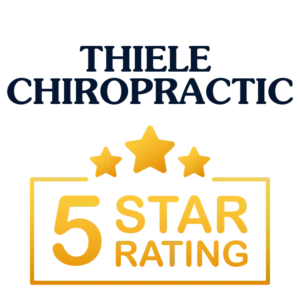- 39 New London Turnpike Suite 120 Glastonbury, CT 06033

A Comparison of Active and Simulated Chiropractic Manipulation as Adjunctive Treatment for Childhood Asthma
The New England Journal of Medicine
October 8, 1998; Vol 339; No 15; pp. 1013-1020
Jeffery Balon, MD; Peter D Aker, DC; Edward R Crowther DC; Clark Danielson, MPA; P Gerard Cox, MB; Denise O’Shaughnessy; Corinne Walker; Charles H Goldsmith, PhD; Eric Duku, MSc; Malcolm R Sears, MB: This study cites 45 references.
Supported by grants from the Consortium for Chiropractic Research, the Chiropractic Foundation for Spinal Research, the National Chiropractic Mutual Insurance Company (administered by the Foundation for Chiropractic Education and Research), and the Canadian Chiropractic Protective Association.
The study was approved by the research committee of St. Joseph’s Hospital in Hamilton, Ontario.
It is a randomized, controlled trial of chiropractic spinal manipulation for children with mild or moderate asthma.
Eighty children who had continuing symptoms of asthma despite usual medical therapy were randomly assigned to receive either active (n=38) or simulated (n=42) chiropractic manipulation for four months.
The children were 7 to 16 years of age, had asthma for more than one year, and had symptoms requiring the use of a bronchodilator at least three times weekly.
“All the chiropractors had at least five years of clinical experience, ran successful private practices, and had had apparent success, on the basis of anecdotal evidence, in treating patients with pediatric asthma.”
The subjects visited the chiropractor three times weekly for four weeks, twice weekly for four weeks, then weekly for eight weeks.
“All the chiropractors used the diversified technique in common use in Canada and the United States, which involves manual contact with spinal or pelvic joints followed by a low-amplitude, high-velocity directional push often associated with joint opening, creating a cavitation, or ‘pop.’”
The primary outcome measure was the change from base line in the peak expiratory flow (in liters per minute) measured in the morning, before the use of a bronchodilator, at two and four months.
Secondary outcome measures were the changes in airway responsiveness, symptoms of asthma, the need for inhaled b-agonists, the use of oral corticosteroids, quality of life, and overall satisfaction with treatment.
A BACKGROUND STORY
Mike was a 25 year old anesthesia technologist working at a local hospital. Mike suffered from chronic asthma. His primary approach to his asthma was standard medical interventions: drugs and inhalers; they were not working. On a recommendation, he tried chiropractic care; in a manner of months, his chronic asthma symptoms completely resolved. Mike is now a practicing chiropractor.
KEY POINTS FROM THIS ARTICLE:
1) “Chiropractic spinal manipulation has been reported to be of benefit in non-musculoskeletal conditions, including asthma.”
2) A theoretical basis for expecting benefit from chiropractic manipulation in persons with asthma includes:
3) Real chiropractic group:
4) Simulated chiropractic group:
5) Findings:
6) Conclusions By Authors:
7) Conclusions With Discussion:
COMMENTS FROM DAN MURPHY
When this study was published in 1998, I was very critical of the conclusions of the authors, and I wrote a rebuttal. I remain very critical. I am reviewing my rebuttal points below because they are relevant to the findings of a new study published in 2024, which will be my next Article Review 2-2025:
A short-coming of this article is that there is no control group, and hence this question cannot be answered:
What changes would have been observed in a group that did not receive real chiropractic care nor simulated chiropractic care?
It should be recalled that all of the children in this study were chronic asthma sufferers; all were using bronchodilators and oral corticosteroids. Yet, these prior medically managed children achieved:
Because these improvements were observed in both the real chiropractic group and the sham chiropractic group, the authors concluded that chiropractic care offered no benefit to children with chronic asthma.
My observation would be that the simulated chiropractic care used in this study was a very poor sham intervention. I would argue that the extensive mechanical-based interventions used in the sham group was not a well thought out sham. I would argue that mechanically based chiropractic care does not necessarily require high-velocity low amplitude joint cavitation to be of physiological value. We are all aware of the many low-force chiropractic techniques that do not use joint cavitation, yet they help many, many people.
I would have concluded that both high-velocity low amplitude joint cavitation and non-joint cavitation mechanical care is superior to standard medical care for children with chronic asthma.
Please see:
Article Review 2-2025:
Acute Effect of Vertebral Manipulation Technique on the Autonomic Nervous System

39 New London Turnpike Suite 120
Glastonbury, CT 06033
